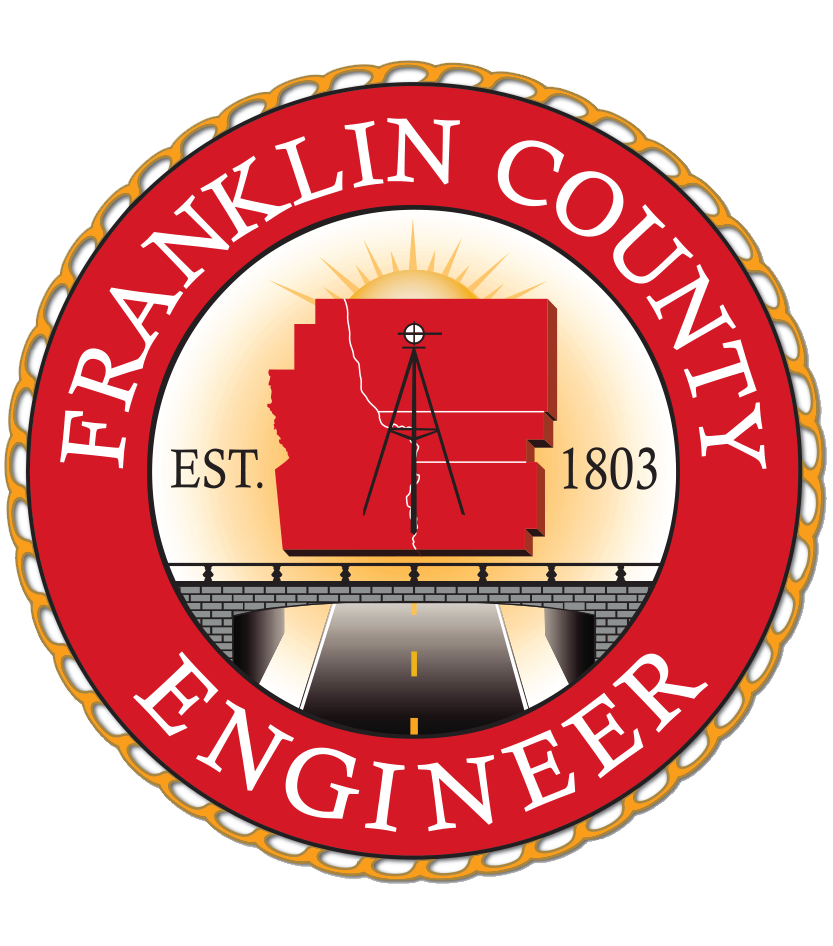Surveyor’s Journal Entry Twenty-Four
Highway Act Transforms Central Ohio
One of the most challenging eras for surveyors occurred following World War II when President Eisenhower promoted the development of a “National System of Interstate Highways” that could serve military supply and evacuation needs. The massive plan was funded through the Federal-Aid Highway Act of 1956, which authorized the construction of the nation’s first multi-lane interstate highways, and the modernization of state and local routes.
Surveyors were immediately dispatched across the state to gather topographic and cadastral information necessary for the mapping of proposed highway locations and the preparation of right-of-way and construction plans. Center lines and survey monuments were also reset along most major thoroughfares in preparation for their future improvement and link to the interstate system.
At the numerous construction sites, surveyors provided precise dimensional control for project boundaries, land excavations, and the layout of the new roadways, bridges, ramps, and drainage facilities.
Interstate highways eventually built through Franklin County include I-70 (1962), I-71 (1966), I-270 (1976), and I-670 (2003).
Major federal and state routes include Broad Street (S.R. 16 & U.S. 40), Cleveland Avenue/Westerville Road (S.R. 3), Dublin-Granville Road (S.R. 161), Hamilton Road (S.R. 317), Harrisburg Pike (S.R. 3 & U.S. 62), High Street/Indianola Avenue/Portsmouth-Columbus Road (U.S. 23), Jackson Pike (S.R. 104), Johnstown Road (U.S. 62), London-Groveport Road (S.R. 665), Main Street (U.S. 40), Riverside Drive/Livingston Avenue/Columbus-Lancaster Road (U.S. 33), and State Route 315.
The development of fast and efficient travel across central Ohio not only improved mobility but contributed to the dramatic growth of suburban communities such as Grove City, Hilliard, Dublin, Westerville, New Albany, Gahanna, Reynoldsburg, and Canal Winchester. Even Columbus extended its boundaries miles beyond its 1950 limits to supply water and sewer services to growing areas.
These expansive changes to Franklin County’s population, land, and transportation infrastructure left a lasting legacy that continues to define the county engineer’s duty to oversee annexations, new municipal and township boundaries, and county tax map and road map revisions.





